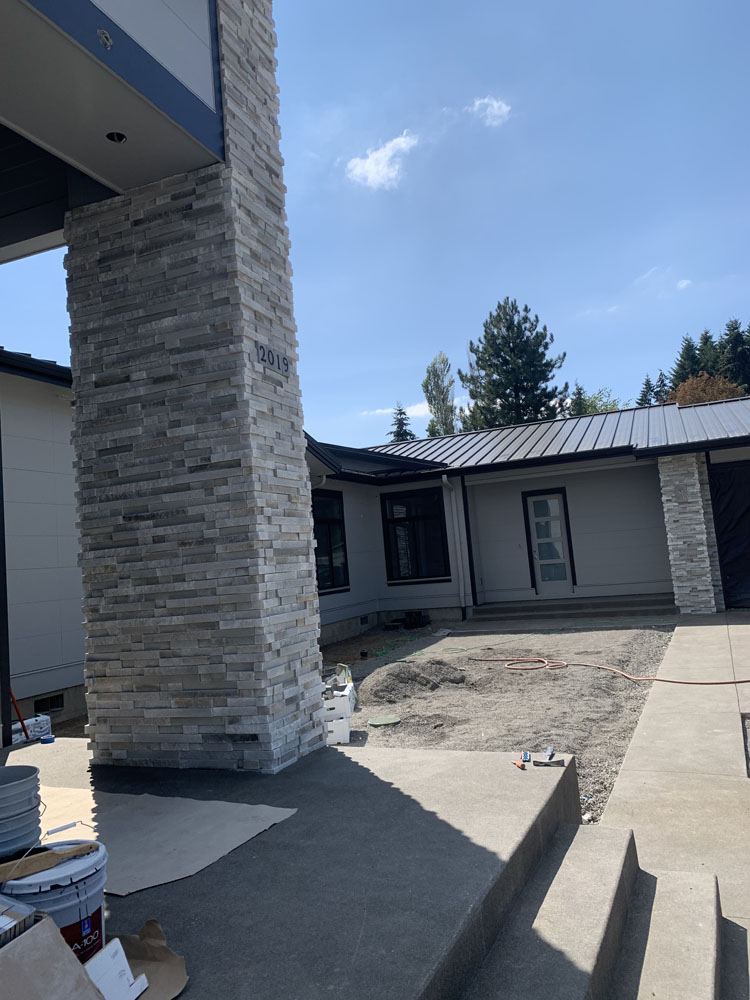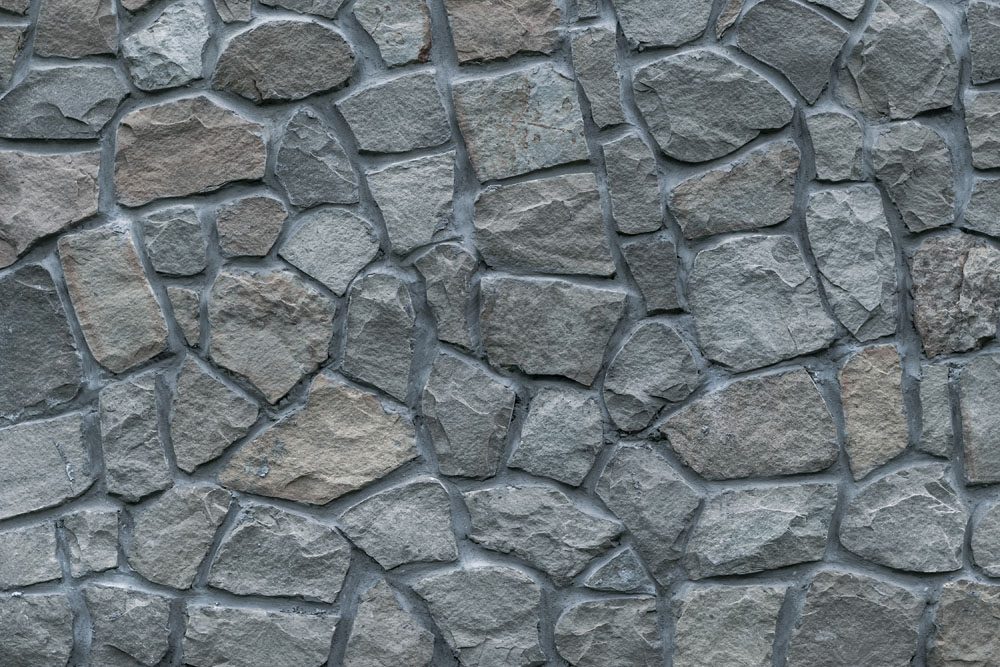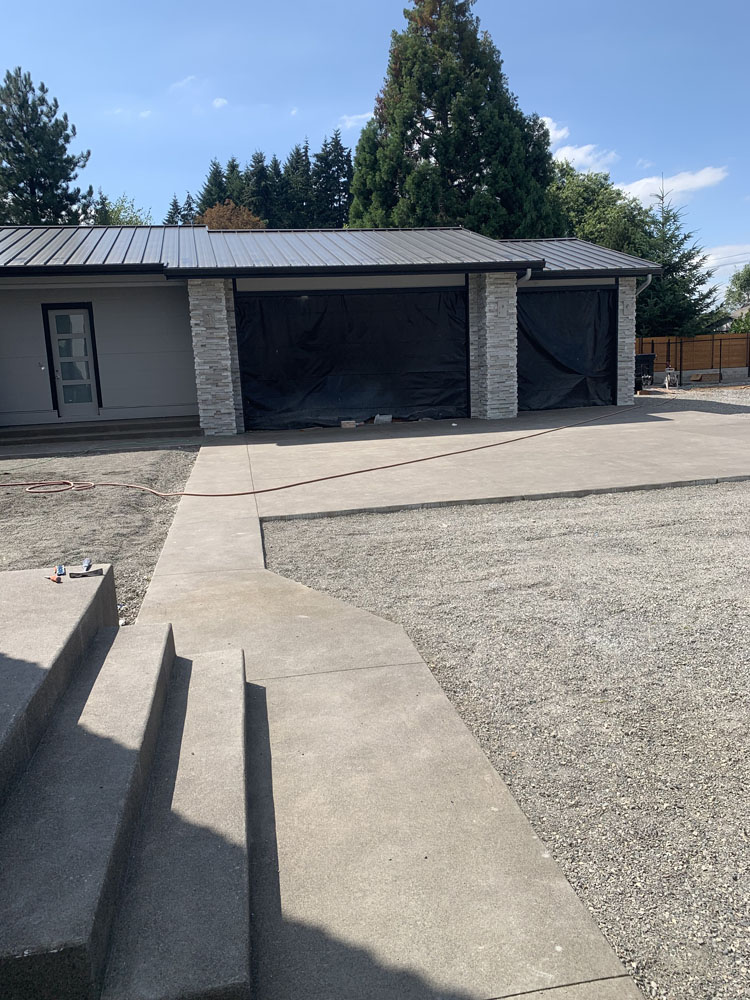Introduction
When it comes to enhancing your outdoor space, few elements can offer the blend of aesthetics and functionality like masonry walkways. top-rated masonry contractors These pathways not only provide a safe passage but also elevate the overall curb appeal of your property. Whether you’re navigating through a garden, leading up to your front door, or simply enjoying a leisurely stroll, well-constructed masonry walkways serve as reliable companions throughout the year.
In this extensive guide, we’ll explore everything from the types of materials used in masonry walkways to maintenance tips that ensure they remain beautiful and functional across seasons. By the time you finish reading, you’ll be armed with all the knowledge you need to determine if installing a masonry walkway is right for you.
Masonry Walkway: The Foundation of Outdoor Beauty
What is a Masonry Walkway?
A masonry walkway refers to any pathway constructed from durable materials such as stone, brick, or concrete. Unlike traditional pathways made of gravel or soil, masonry walkways are designed to endure various weather conditions while providing an elegant appearance.
Why Choose Masonry Walkways?
Durability: One of the most significant advantages is their ability to withstand harsh weather conditions. Aesthetics: Available in various styles, colors, and textures, they can enhance the beauty of any landscape. Low Maintenance: Once installed properly, these walkways require minimal upkeep compared to other options. Safety: Their solid construction provides stable footing and reduces slip hazards during wet or icy conditions.Materials Used in Masonry Walkways
Stone Pavers: A Classic Choice
Stone pavers are highly sought after for their natural beauty and durability. They come in various shapes and sizes and can be arranged in countless patterns.
Brick Pathways: Timeless Appeal
Bricks offer a charming aesthetic reminiscent of old-world craftsmanship. They are typically laid in patterns that add texture and interest.
Concrete: Versatile and Affordable
While concrete may seem plain at first glance, it can be stamped or stained to mimic more expensive materials like stone or brick.
Natural Stones: The Luxurious Option
Choosing natural stones like slate or granite elevates any walkway's elegance but may come with a higher price tag.
Designing Your Masonry Walkway
Considerations Before Installation
Before diving into the installation process, several factors must be considered:
- Purpose: Will it serve foot traffic only? Or will it support heavier loads like garden furniture? Location: Consider how sunlight exposure will affect materials over time. Climate: Some materials hold up better than others in extreme temperatures.
Planning Your Layout
Creating an efficient layout requires careful planning:
Sketch your design on paper. Mark out measurements using stakes and string. Consider adding curves for visual interest rather than a straight path.Choosing Colors and Textures
The color palette should complement your home’s exterior while considering surrounding vegetation:
- Earthy tones blend seamlessly with gardens. Bold colors can create striking contrasts against greenery.
Masonry Walkway Installation Process
Preparing the Site
Preparation is crucial for ensuring longevity:
Clear the area of debris. Dig down about 6–8 inches deep. Add sand or gravel as a base layer for drainage. https://ramosmasonry.com/masonry-contractor-in-forest-grove/Laying the Foundation
The foundation must be solid:
- Use compacted gravel as a base material. Level it out before laying pavers or bricks.
Installing Your Chosen Material
Each material has specific installation techniques:
Stone Pavers
Lay them according to your planned pattern. Fill gaps with sand upon completion.Brick
Lay them tightly together without gaps. Use mortar for added stability if necessary.Concrete
Mix concrete according to package instructions. Pour into forms and smooth out with a trowel.Maintenance Tips for Masonry Walkways
Regular Cleaning Practices
Maintaining cleanliness prolongs life expectancy:
- Sweep regularly to remove leaves and debris. Power wash at least once a year to avoid moss build-up.
Seasonal Maintenance Tasks
Different seasons call for different maintenance tasks:
Spring
Check for cracks that may have developed over winter due to freeze-thaw cycles.
Summer
Inspect joints between pavers; replace any missing sand or mortar as needed.
Fall
Clear away fallen leaves promptly to prevent staining and mold growth.

Winter
Use ice melt products that won't damage your masonry materials when treating icy surfaces.
Common Issues Faced with Masonry Walkways
Cracking: Causes and Solutions
Cracks often arise due to temperature changes or improper installation:
- Fix minor cracks with caulk designed for masonry surfaces. For larger issues, consider consulting professionals who specialize in repair work.
Weeds Invading Joints
Weeds tend to grow between paver joints; regular weeding can help mitigate this issue:
- Use landscaping fabric underneath pavers during installation as preventive measure. Apply herbicides judiciously whenever necessary.
Masonry Walkway Safety Features
Slip Resistance Properties
One often overlooked feature is slip resistance—especially crucial during rainy seasons:
Textured surfaces promote better traction underfoot. Choose materials specifically designed for high-slip resistance areas if safety is paramount (e.g., near pools).Lighting Options for Enhanced Safety
Adding adequate lighting makes pathways safer at night:

- Solar lights along edges provide soft illumination without needing electrical wiring. Consider motion-sensor lights near entrances for added security measures!
FAQs About Masonry Walkways
1) What’s the average cost of installing a masonry walkway?
The cost varies significantly based on material choice but generally ranges from $10 - $30 per square foot including labor costs.
2) How long does it take to install?
Installation time depends on size; smaller projects could take just one day while larger installations might span several days!
3) Is sealing necessary?
Sealing isn't mandatory but recommended especially for porous materials like brick which absorb moisture easily!
4) Can I install myself?
Yes! DIY enthusiasts can undertake smaller projects with proper guidance but hiring professionals ensures optimal results!
5) How do I choose between brick vs concrete?
It boils down primarily preference; consider aesthetics versus budget constraints! Brick appears classic while concrete offers versatility!
6) Are there environmentally-friendly options available?
Absolutely! Reclaimed bricks & permeable paving systems allow water drainage reducing runoff impact positively influencing environment!

Conclusion
As we've explored throughout this article on "Masonry Walkways: A Safe Pathway for All Seasons," it's clear that these structures are not merely functional—they're also highly desirable from an aesthetic viewpoint! Investing time into choosing quality materials combined with professional installation guarantees long-lasting enjoyment throughout every season! So whether you're looking forward relaxing evenings outdoors or simply want reliable access across property—masonry walkways stand ready serving both purpose beautifully!
With an array of styles available tailored fit individual tastes—it's hard resist charm they bring entrance landscape spaces!